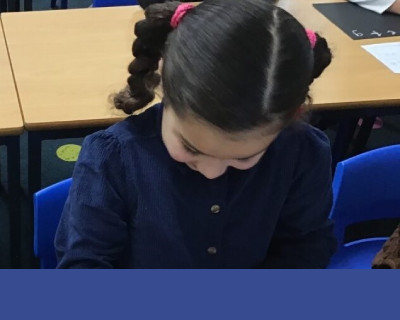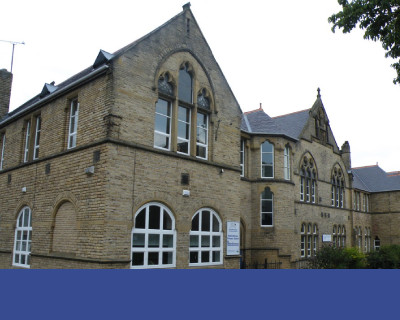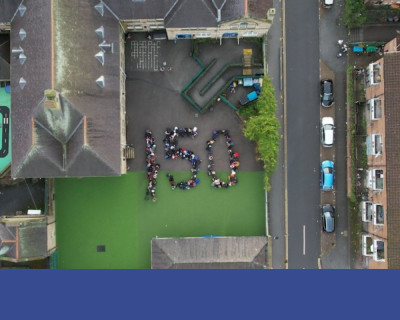Maths
We are currently following the NCETM units. A copy of the yearly overview can be found in the files.
At home, please continue to practise counting EVERYDAY if you can. Please count BACKWARDS as well as forwards and please start from numbers others than zero. For example, 'Can you count from 9 and stop at 19?', 'Can you count backwards from 25 and stop at 8?'
Please also make sure your child is differentiating between the TEEN numbers and the TY numbers. For example, 13 should not sound the same as 30.
These Whiterose maths unit contain useful videos and ideas for learning at home. Please click on the link below:
-
Please have a look in the files for the year overview.



